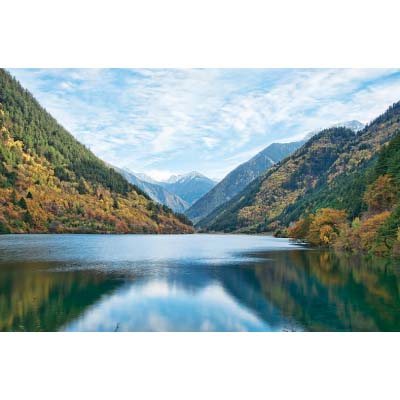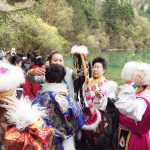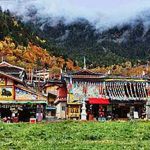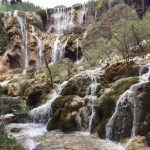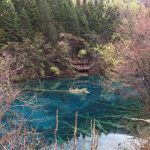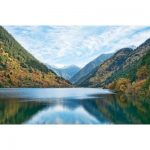That’s the mantra of tour operators and tour guides to visitors who go to either of the Unesco World Heritage sites.
Indeed, with over 3,000 limestone outcroppings spread over an area of 4,810 hectares, Zhangjiajie in Hunan province in China is a mystical glimpse into times long past. Looking down into the tangled spaces between the karst protrusions, one can only wonder what lies among its depths.
Similarly, the 720-square-kilometer Jiuzhaigou National Park in northern Sichuan province is a wonderland of 114 lakes, waterfalls and ponds, tucked among lush mountains 2,000 to 4,500 meters above sea level that can literally take your breath away.
The best time to visit Jiuzhaigou is in autumn, when the trees change color and their reds, oranges and golds reflect on the surface of the lakes in awesome displays. However, autumn being peak season means there are crowds everywhere, and taking the hop-on/hop-off shuttle to go around the vast park could mean a lot of waiting and thus time consuming, not to mention stressful, with a lot of pushing and cramming into packed buses. Arrangements can be made though for a private bus to take groups around at their own pace. There are wooden boardwalks along the road, and we did see many young people walking from lake to lake, but this definitely is not for the weak-kneed.
Jiuzhaigou gets its name from the nine Tibetan villages within the area now designated as a national park; seven of these villages are still inhabited. Thus, visitors going around the park can see clusters of colorful Tibetan houses and catch glimpses of Tibetan life as villagers go about their daily routines.
But definitely the attraction of Jiuzhaigou are its lakes. The Tibetan people called them haizi (海子), or son of the sea. The waters of these lakes vary in color, from emerald to turquoise to a light almost powder blue, depending on the depths and residue in the lakes.
Legends give rise to the names of the lakes. Panda Lake, for example, is so named because giant pandas were said to come here to drink. The water in Rhinoceros Lake had cured a monk, who eventually rode his rhinoceros directly into the lake. But such stories are but sidelights to what are truly breathtaking sights, measures of nature seen no where else in the world.
